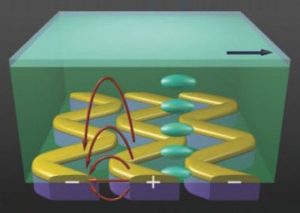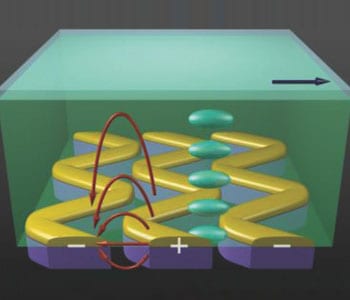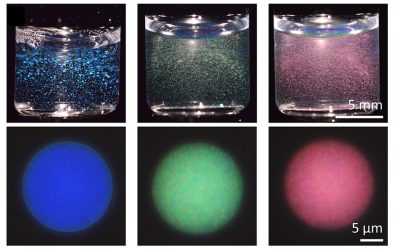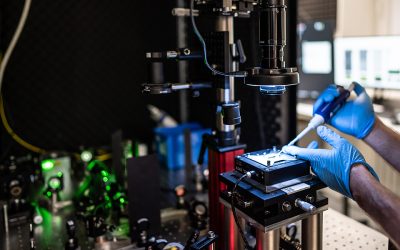
Liquid crystal loaded NIR metamaterial
One of the main challenges in photonics is the ability to control and steer photons, the elementary quanta of light. The appearance of metamaterials – manmade media that are structured on the scale smaller than the wavelength – has enabled the manipulation of light to an unprecedented degree, leading to a number of important applications, such as miniaturized antennas, enhanced polarization control, improved sensitivity of photodetectors, efficient light harvesting and increased resolution of optical microscopes to name just a few.
New research has now added to the development of the next generation of artificial photonic media – metamaterials with dynamically controlled optical properties – by realizing an electrically tunable liquid crystal-metamaterial hybrid. The approach enables control over the nanostructure’s optical response both in terms of its magnitude and wavelength, thus achieving the full potential of the liquid crystals as a functional component in active metamaterial systems. In particular, the spectral tunability of the metamaterial hybrid approaches the theoretical limit of 9 % at a control voltage of only 2.7 V. The group responsible believe that this work paves the way towards the development of compact multifunctional metamaterial-based optical modulators and switches for applications in nanophotonic circuits and emerging micro-display technologies, such as near-to-eye and virtual retina displays.

















